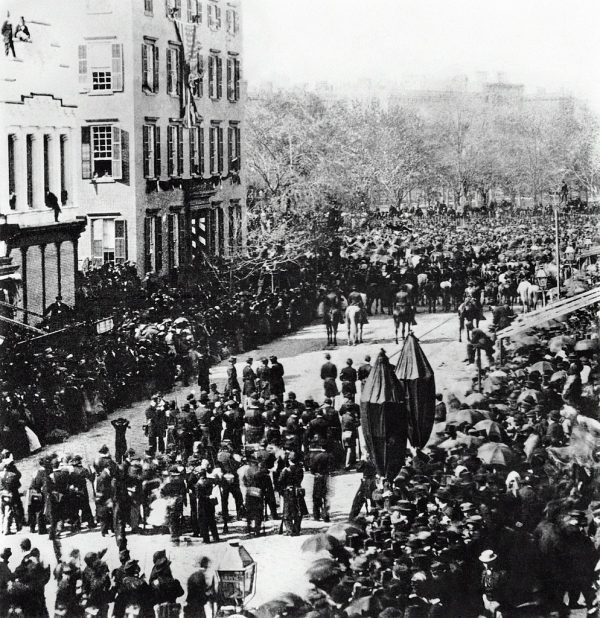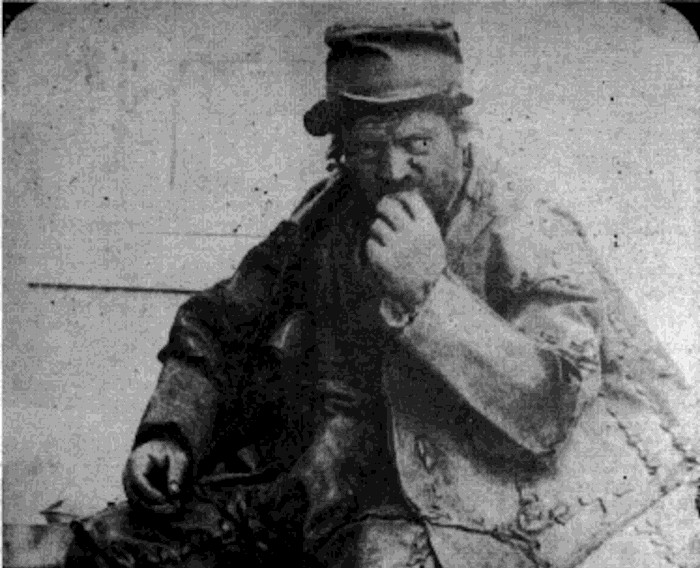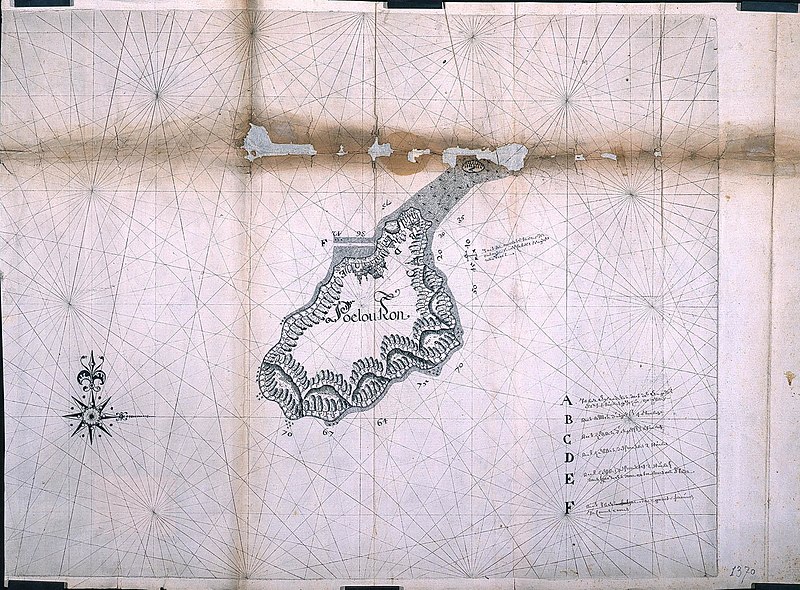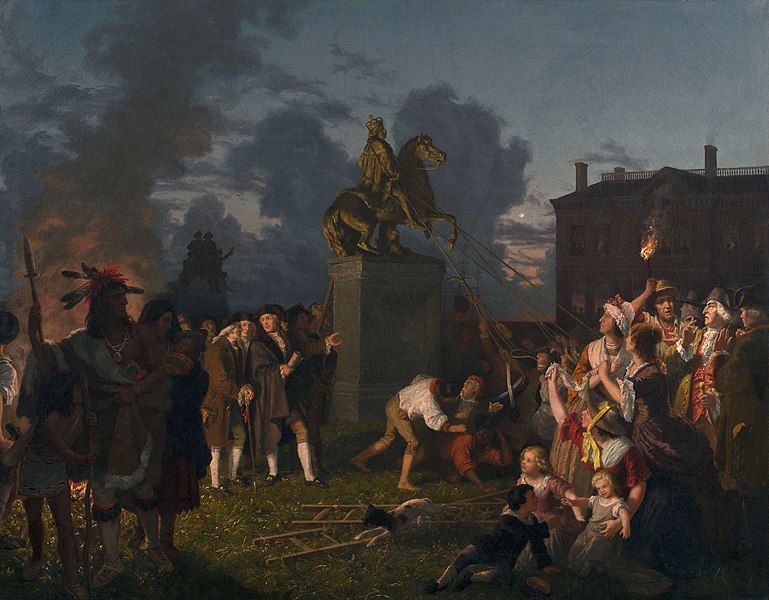
John Quincy Adams wrote this letter to his father at age 10, June 2, 1777:
DEAR SIR,–I love to receive letters very well; much better than I love to write them. I make but a poor figure at composition, my head is too fickle, my thoughts are running after birds eggs play and trifles, till I get vexed with myself. Mamma has a troublesome task to keep me steady, and I own I am ashamed of myself. I have but just entered the third volume of Smollett, tho’ I had designed to have got it half through by this time. I have determined this week to be more diligent, as Mr. Thaxter will be absent at Court, and I cannot pursue my other studies. I have Set myself a Stent and determine to read the 3rd volume Half out. If I can but keep my resolution, I will write again at the end of the week and give a better account of myself. I wish, Sir, you would give me some instructions, with regard to my time, and advise me how to proportion my Studies and my Play, in writing, and I will keep them by me, and endeavor to follow them. I am, dear Sir, with a present determination of growing better, yours.
P.S.–Sir, if you will be so good as to favor me with a Blank Book, I will transcribe the most remarkable occurances I meet with in my reading, which will serve to fix them upon my mind.
Five years later, at age 14, he was serving as private secretary to the American minister to Russia.








